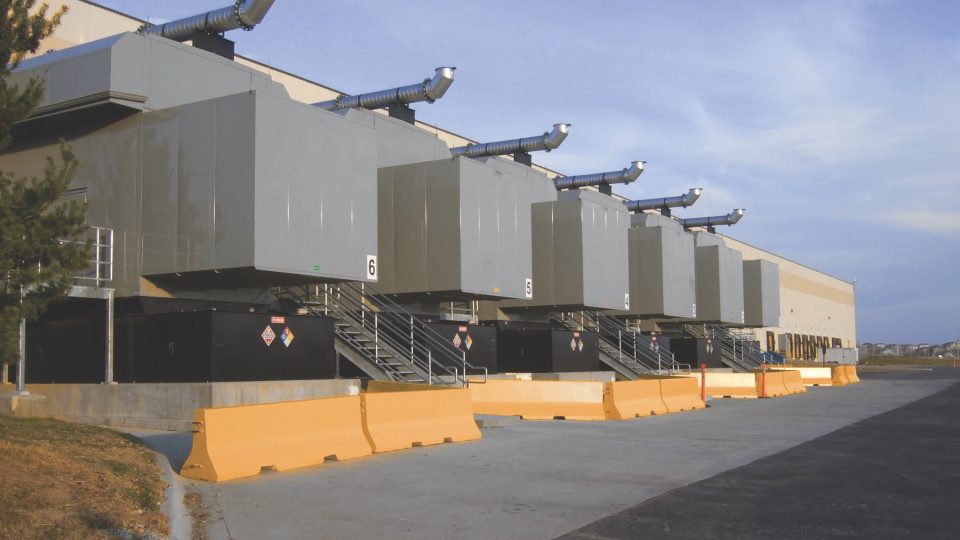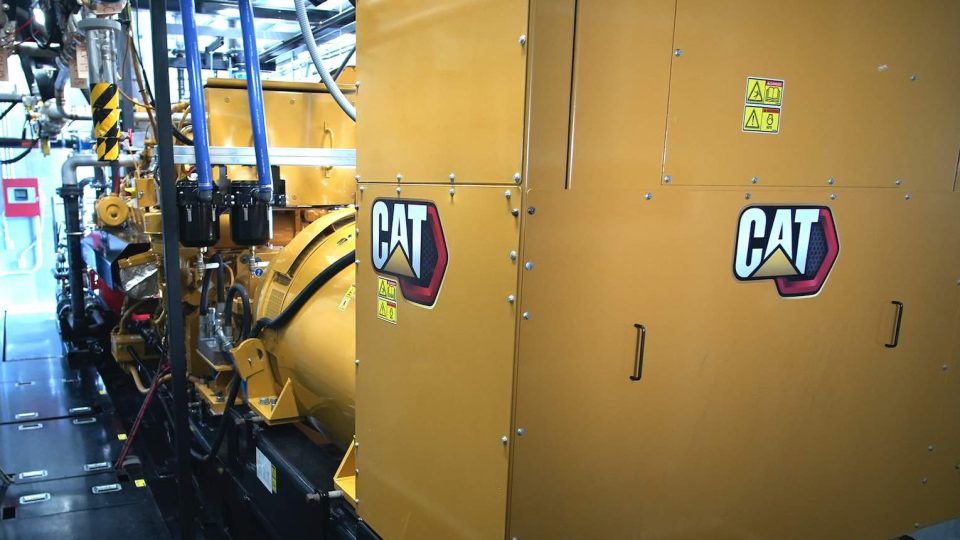Rolls-Royce in the Phoenix project to develop hydrogen engine
Rolls-Royce has started, with a consortium of five companies and research institutes, to develop the necessary technologies for a highly efficient first-of-a-kind hydrogen combustion engine to drive combined heat and power (CHP) systems.

Rolls-Royce has started, with a consortium of five companies and research institutes, to develop the necessary technologies for a highly efficient first-of-a-kind hydrogen combustion engine to drive combined heat and power (CHP) systems. Under the Phoenix (Performance Hydrogen Engine for Industrial and X) project, funded by the German Government, the consortium aims to generate the same electrical and thermal energy (power density and efficiency) as currently available through natural gas CHP units in the higher power range of up to 2.5 MW. When fuelled by green hydrogen, this next generation stationary energy plant will be able to run in a completely carbon neutral manner. The project is being funded by the German Federal Ministry for Economic Affairs and Climate Protection with a total of almost five million euros.
“We are convinced that combustion engines will remain an essential part of the provision of a reliable energy supply during the energy transition,” said Jörg Stratmann, CEO of Rolls-Royce Power Systems. “We are making them climate-friendly with sustainable fuels. That’s why we at Rolls-Royce are investing in the development of next generation hydrogen engines. The consortium in the Phoenix project, with its combined expertise, is a guarantee of the success in tackling this major technical challenge.”
Rolls-Royce already has developed a gas-powered combustion mtu engine which can use hydrogen as a fuel, but the Phoenix project will develop the technology for an even more efficient next generation hydrogen engine. Hydrogen is one of several alternative fuels being used by Rolls-Royce to make its engine portfolio more sustainable. It is making its portfolio of reciprocating mtu engines compatible with alternative fuels such as renewable diesel (HVO) and e-fuels, as well as being heavily involved in exploring the use of methanol for marine applications.
The participants in the Phoenix project are developing the necessary components for a first-of-a-kind hydrogen combustion engine, such as the injection system, the piston group and the ignition system, as well as a completely new lubricant. The partners in the project are: Rolls-Royce as coordinator; the Institute for sustainable mobile propulsion systems at the Technical University of Munich; MAHLE Konzern; Fuchs Lubricants Germany GmbH; the German Federal Institute for Materials Research and Testing (BAM); and Robert Bosch AG.
The joint project is scheduled to run for three years. By then, a technology concept will have been developed that is sufficiently mature for use in a complete prototype engine.
H2 power plants follow natural gas and biogas plants
As part of its power plant strategy, which includes the expansion of renewable energies, the German government has decided in favour of building more gas-fired power plants to compensate for the variability of renewable resources. In particular, smaller, decentralised gas engine plants that can flexibly compensate for the fluctuating feed-in of wind and solar power to the grid, which varies depending upon weather conditions. To reduce CO2 emissions, biogas gensets and, in some cases, the first gas engines converted for hydrogen are currently being used. “As soon as the availability of green hydrogen is ensured on a large scale, the technology of highly efficient hydrogen cogeneration plants promoted in the Phoenix project will be ready for use,” explained Tobias Ostermaier, President of Stationary Power Solutions within Rolls-Royce’s Power Systems division.











